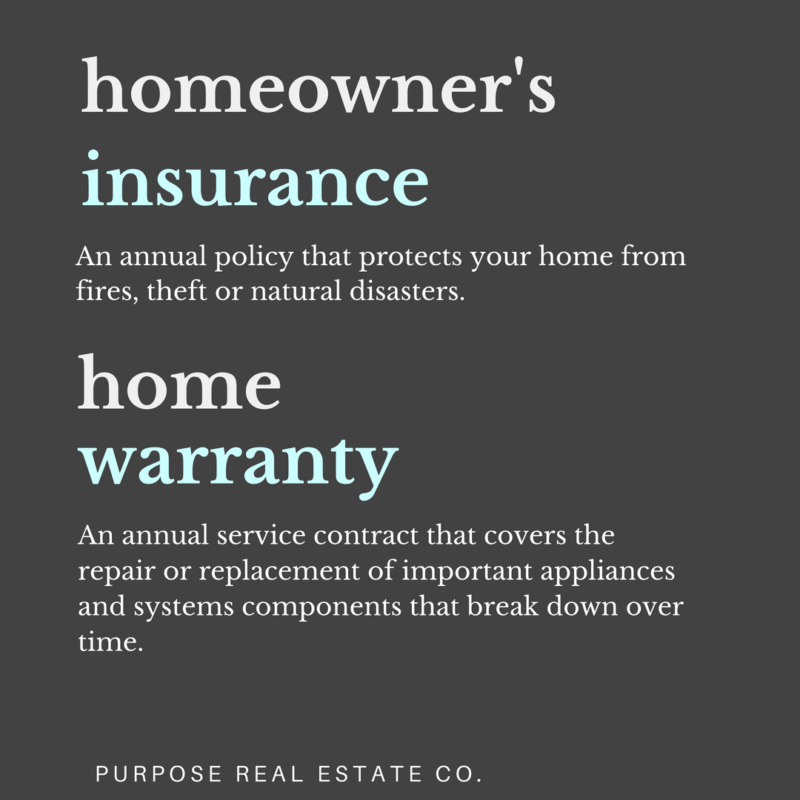Pacific Prime Fundamentals Explained
Wiki Article
Facts About Pacific Prime Uncovered
Table of ContentsWhat Does Pacific Prime Mean?Some Ideas on Pacific Prime You Should KnowFacts About Pacific Prime UncoveredSome Known Details About Pacific Prime
In a lot of states, the insurance company is needed to send you a duplicate of the changes to your plan. It is necessary that you read Recommendations or Motorcyclists so you comprehend just how your plan has altered and if the plan is still ample to satisfy your demands. To acquire a duplicate of your insurance plan, please contact your insurance policy agent or business.
The Institute of Medication (IOM) Committee on the Effects of Uninsurance launches an extensive examination of proof that addresses the relevance of health and wellness insurance protection with the publication of this report. Insurance coverage Issues is the initial in a series of six reports that will certainly be provided over the following two years recording the truth and effects of having actually an estimated 40 million individuals in the United States without health insurance policy coverage.

What Does Pacific Prime Mean?
The goal of this series of research studies is to redouble plan focus on a historical trouble. Following the lengthiest financial development in American history, in 1999, an estimated one out of every six Americans32 million adults under the age of 65 and even more than 10 million childrenremains without insurance (Mills, 2000).
Ten percent of the population represent 70 percent of healthcare expenditures, a correlation that has remained constant over the past three decades (Berk and Monheit, 2001) - international travel insurance. Thus medical insurance remains to offer the function of spreading danger even as it progressively funds regular care. From the perspective of healthcare suppliers, insurance carried by their patients helps secure a revenue stream, and communities take advantage of financially viable and stable healthcare practitioners and institutions
Federal government gives medical insurance to populaces whom the personal market may not serve effectively, such as impaired and senior citizens, and populations whose accessibility to healthcare is socially valued, such as kids and pregnant females. The best ends of medical insurance protection for the specific and neighborhoods, anchor including office communities of employees and companies, are enhanced health and wellness outcomes and lifestyle.
Everything about Pacific Prime
Workers rate health and wellness insurance initially without a doubt in value among all the benefits supplied in the workplace (Salisbury, 2001). There have been large financial investments of personal and public funds to provide wellness insurance policy, numerous individuals still have no protection. In spite of extensive coverage of study findings and healthcare study results, the general public stays overwhelmed and mistaken about Americans without medical insurance and the effects of lacking coverage.
Without doubt, the complexity of American health and wellness treatment funding mechanisms and the wealth of sources of info include in the general public's complication and skepticism about medical insurance data and their analysis. This record and those that will certainly adhere to purpose to boil down and offer in conveniently easy to understand terms the extensive research that bears on questions of medical insurance coverage and its significance.
Fifty-seven percent of Americans polled in 1999 thought that those without health insurance are "able to obtain the treatment they need from physicians and hospitals" (Blendon et al., 1999, p. 207). In 1993, when national interest was concentrated on the problems of the uninsured and on pending health treatment regulation, simply 43 percent of those surveyed held this belief (Blendon et al., 1999).

They additionally get fewer preventive solutions and are less likely to have normal look after chronic problems such as hypertension and diabetes. Chronic conditions can cause costly and disabling complications if they are not well taken care of (Lurie et al., 1984; Lurie et al., 1986; Ayanian et al., 2000). One national study asked even more than 3,400 adults concerning 15 extremely serious or somber conditions.
Not known Details About Pacific Prime
Additional evidence is offered later in this chapter in the conversation of insurance coverage and accessibility to health and wellness treatment. https://experiment.com/users/pacificpr1me. People without wellness insurance coverage are young and healthy and pick to go without insurance coverage. Practically fifty percent (43 percent) of those checked in 2000 thought that people without medical insurance are more probable to have illness than individuals with insurance coverageCitizens and policy manufacturers in emphasis group conversations characterize those without insurance policy as young individuals that have the chance to be covered and feel they do not require it (Porter Novelli, 2001). Compared to those with at the very least some private protection, the without insurance are less most likely to report remaining in excellent or excellent wellness (Firm for Healthcare Research Study and Top Quality, 2001).
SOURCE: Center for Expense and Financing Research Studies, Company for Health Care Research and High quality, based upon MEPS data. Young grownups between 19 and 34 are much more likely to do not have medical insurance than any kind of other age. This is mainly due to the fact that they are much less frequently eligible for employment-based insurance coverage as a result of the nature of their work or their brief tenure in it.
The perception that people without insurance coverage have better-than-average health and wellness adheres to from perplexing the reasonably young age account of the without insurance with the better health, usually, of younger persons. This obscures the link between health status and medical insurance. For those without access to workplace medical insurance, poor health is a possible obstacle to acquiring nongroup insurance coverage due to the fact that such coverage might be very valued, omit preexisting conditions, or be just inaccessible.
Report this wiki page